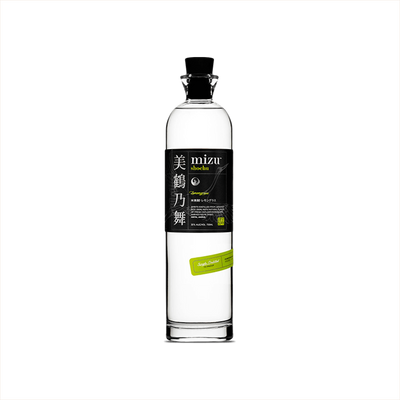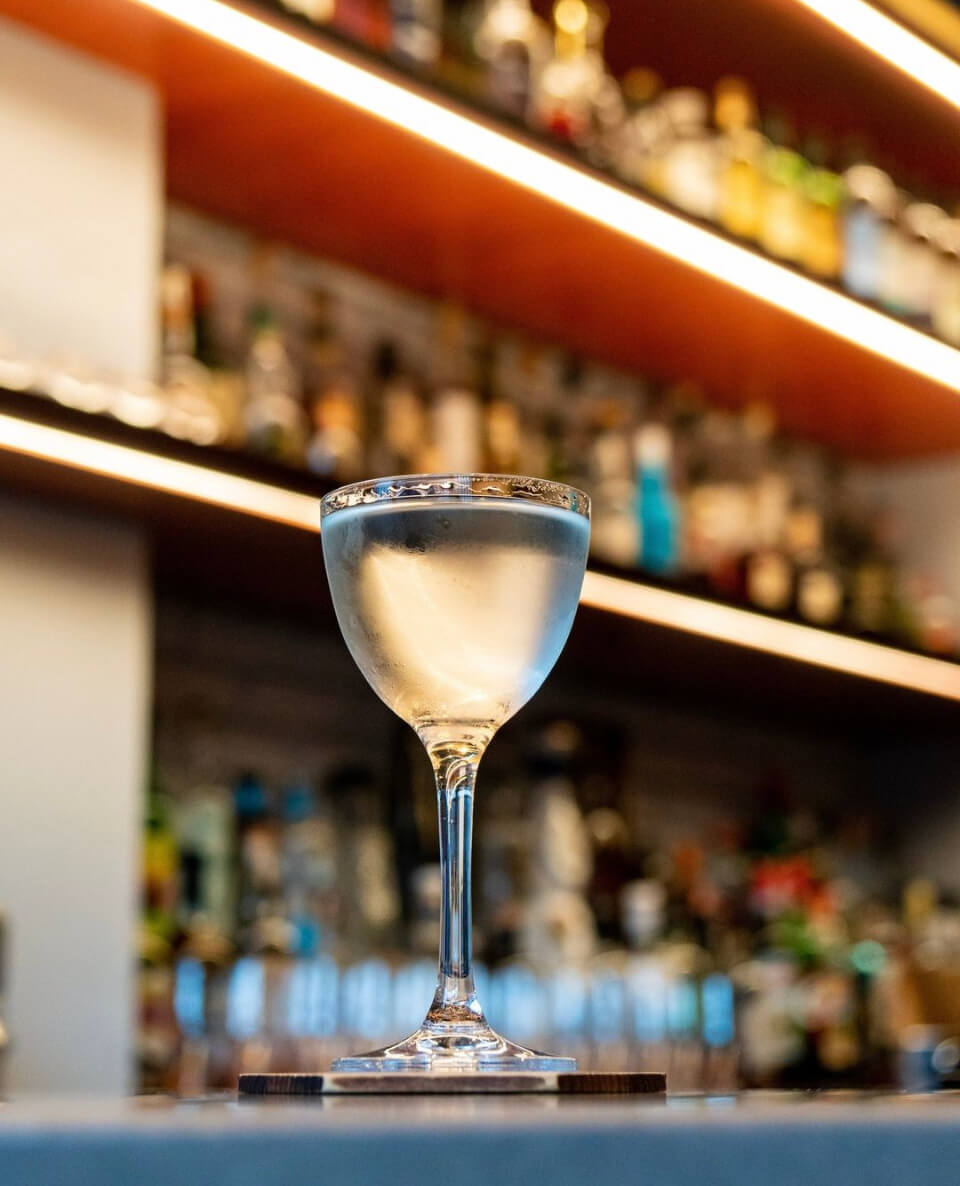Shochu
What is Shochu?
Shochu is a Japanese distilled spirit that falls into the Other Specialty category, typically made from sweet potato, rice, barley, or other grains and vegetables. What defines shochu is its single distillation process and relatively low alcohol content of 20-25% ABV, making it lighter and more approachable than many other spirits. Unlike sake, which is brewed, shochu is distilled and offers a clean, neutral flavor profile that can range from earthy and robust when made from sweet potato to delicate and floral when crafted from rice.
Learn More About Shochu
What makes Shochu unique?
Shochu stands apart from other specialty spirits through its incredibly diverse base ingredients – while most distilled spirits stick to grains or specific fruits, shochu can be made from sweet potato, rice, barley, buckwheat, brown sugar, and even exotic options like shiso leaves or chestnuts. The spirit's clean, neutral character comes from its single distillation process, which preserves the subtle flavors of whatever ingredient it's made from rather than masking them. Unlike many specialty spirits that rely on aging or heavy flavor additions, shochu's beauty lies in its pure expression of the base material, making each variety taste completely different from the next.
How is Shochu made?
Shochu production starts with fermenting a base ingredient like sweet potato, rice, or barley using koji mold, which breaks down starches into fermentable sugars. The fermented mash gets distilled just once in either a pot still or column still, keeping the alcohol content relatively low compared to other spirits. This single distillation preserves much of the original ingredient's character, giving each type of shochu its distinct personality and flavor profile.
How do you drink Shochu?
Shochu shines when served on the rocks with a splash of cold water (called mizuwari), which opens up its subtle flavors and makes it incredibly refreshing. You can also enjoy it neat at room temperature to appreciate its full character, or try it hot with warm water (oyuwari) during colder months. In cocktails, shochu works beautifully in highballs with soda water and citrus, or as a base for chu-hi (shochu highball) mixed with fruit flavors - these light, effervescent drinks are perfect for summer evenings and casual gatherings when you want something crisp and sessionable.
How do I choose a good Shochu?
Start by deciding between sweet potato (imo) shochu for rich, earthy cocktails like a Japanese Old Fashioned, or rice (kome) shochu for lighter, cleaner drinks where you want the spirit to stay in the background. If you're mixing citrus-forward cocktails, barley (mugi) shochu brings a nice nutty complexity that plays well with yuzu or lemon, while buckwheat varieties add an interesting mineral edge to more adventurous creations. For sipping neat or on the rocks, look for aged expressions or those distilled in traditional clay pots, but if you're planning to mix cocktails, a younger, more straightforward bottle will give you better value without sacrificing flavor.
Nutritional Information
Typical Calorie Range per Ounce: 20-25 calories
Typical Carbohydrate Range per Ounce: 0-0.1 grams
Typical Sugar Range per Ounce: 0 grams
Typically Gluten Free: Depends on base ingredient
Most shochu varieties are gluten-free, especially those made from sweet potato, rice, or other non-gluten sources. Sweet potato shochu (imo) and rice shochu (kome) are naturally gluten-free options. Barley shochu (mugi), made from wheat or barley, may contain gluten. The distillation process removes most gluten proteins, but those with celiac disease or severe gluten sensitivity should exercise caution with barley-based varieties.
Always check the specific product label and manufacturer information to confirm gluten-free status, particularly if you have dietary restrictions or sensitivities.
Scrolled this far? Your reward? Shochu Trivia!
- Japan's bestselling spirit isn't sake or whisky—it's shochu, outselling both by huge margins domestically. While the world obsesses over Japanese whisky, locals have been quietly sipping this versatile spirit that can be made from sweet potatoes, rice, barley, or even carrots and chestnuts.
- The sweet potato shochu from Kagoshima Prefecture literally smells like roasted sweet potatoes when you open the bottle. This isn't a flaw—it's the signature characteristic that makes locals go wild for it, especially when mixed with hot water during winter months.
- Shochu production includes a fascinating mold called koji that's deliberately cultivated to break down starches into fermentable sugars. Different koji strains create wildly different flavor profiles—white koji makes clean, subtle shochu while black koji produces earthier, more robust spirits.
- Single-distilled honkaku shochu must be distilled only once at low temperatures, which preserves the raw ingredient flavors so intensely that you can taste whether the sweet potatoes were grown in volcanic soil or regular dirt. Master distillers can identify specific farms just by smell.
- Ice was practically unknown in traditional Japanese drinking culture, so shochu was historically served hot, at room temperature, or mixed with warm water. The modern practice of serving it on the rocks only became popular after refrigeration arrived in the mid-20th century.
Higher-proof spirits can be intense. Mix carefully, taste thoughtfully, and enjoy responsibly.
Gift message (optional)




